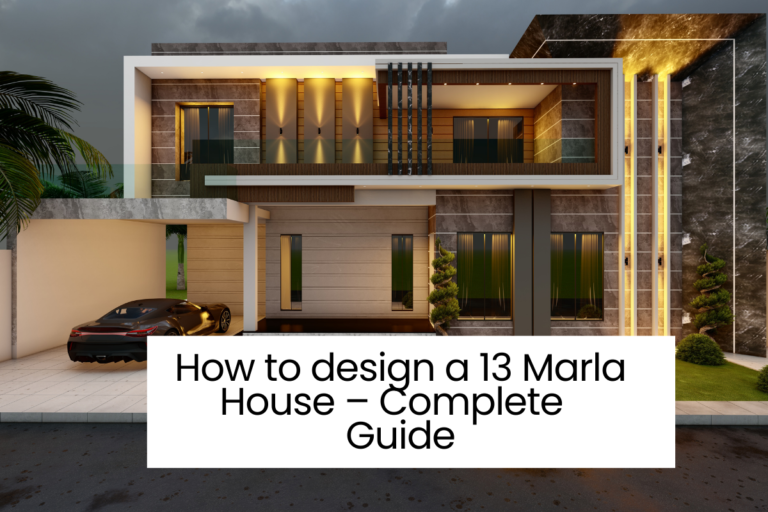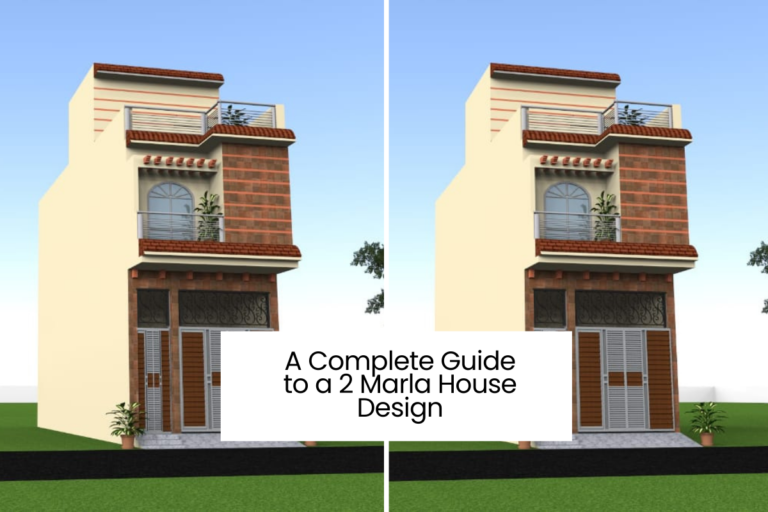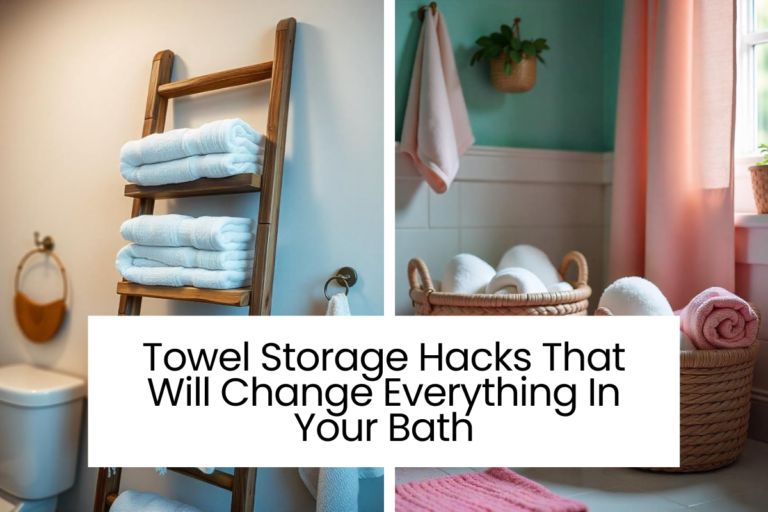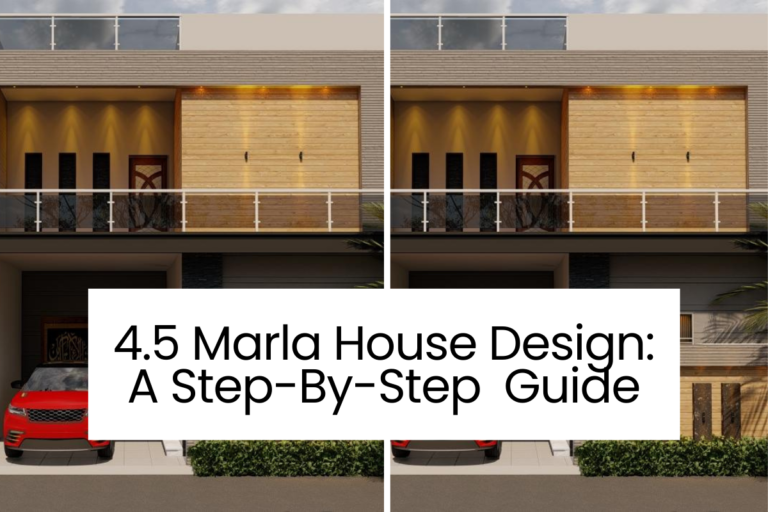Budget-Friendly DIY Shelves That Look High-End!
DIY shelves are a great way to save space, display your favorite items, and give your room a fresh new look. In this article, we’ll answer common questions about floating shelves, share the best materials you can use, and show you some stylish options besides wood. Let’s get started!
Are Floating Shelves Out of Style in 2025?
These simple and stylish shelves look great in modern homes and match almost any decor. If you want your living room to feel open and clean or need a smart way to store things in your kitchen, floating shelves are a great option.
In 2025, floating shelves are trending with bold colors, natural wood finishes, and a mix of materials like wood and metal. They not only save space but also let you display books, plants, and decor items in a neat and stylish way.
Do Floating Shelves Have Issues?
Floating shelves look stylish, but they can cause problems if not installed the right way. A common issue is sagging, which happens when the shelf is too full or made from weak material. To avoid this, always check the weight limit and use strong brackets—even if they’re hidden.
Another thing to watch out for is wall damage. Floating shelves don’t have visible hardware, so they need to be fixed to strong wall studs to stay safe. If you’re installing on drywall, make sure to use the right anchors or screws. When installed properly, floating shelves can stay secure and problem-free for years.
Are Floating Shelves Straight or Staggered?
It depends on the style you want. Straight shelves give a clean, balanced look and are perfect for modern or minimalist spaces. They’re ideal if you like everything neatly lined up in a row.
On the other hand, staggered shelves give a fun and dynamic feel. They’re perfect for adding visual interest and displaying items of different sizes. For example, you can use staggered shelves in the living room to show off a mix of books, plants, and artwork.
When you say floating shelf, what are you referring to?
Floating shelves are held up by hidden brackets or metal rods that attach them to the wall. These supports are screwed into the wall first, then the shelf slides onto them, giving that “floating” look. The most important part is using strong brackets and a solid wall. If you’re installing on drywall, use wall anchors or try to screw into wall studs for extra support.
Using visible brackets underneath the shelf gives extra support, especially for heavy items. It won’t ruin the look if you choose brackets that match the shelf’s color or design.
Which is Better for Shelves, MDF or Plywood?
MDF (Medium-Density Fiberboard):
Pros:
- Smooth surface, great for painting
- Affordable and easy to work with
- Ideal for decorative shelves
Cons:
- Not very strong, can sag under heavy weight
- Not moisture-resistant, may swell if exposed to water
- Not as durable over time
Plywood:
Pros:
- Stronger and more durable than MDF
- Can handle heavier items like books or kitchenware
- Better moisture resistance
Cons:
- More expensive than MDF
- Surface may need more finishing for a smooth look
- Slightly harder to cut and work with
Conclusion:
Use MDF for light, decorative shelving and plywood when you need strength and durability.
How to Do Floating Shelves?
You can build floating shelves pretty easily! First, measure the area where you want the shelves and cut the wood to fit. Next, use screws and wall anchors to secure the brackets to the wall. Once all the brackets are in place, attach the wood shelf and make sure it’s level. Repeat the steps for any additional shelves.
You can paint or stain the shelves to match your animal-themed decor. For a unique look, try mixing wood with metal. Want a modern touch? Add LED strip lights under the shelf to create a cool, stylish glow.
What Can I Use Instead of Wood for Shelves?
There are many options other than wood if you’re looking for something different. Glass shelves are sleek and are great for bathrooms or contemporary kitchens. They’re simple to wash and impart a level of elegance.
Metal shelves are strong and have an industrial look, making them perfect for garages, offices, or modern-style homes. Plastic shelves are lightweight, affordable, and great for closets or storage rooms, especially if you’re on a budget.
Are Open Shelves Falling Out of Favor?
Open shelves are still very popular and not going anywhere anytime soon. They’re commonly used in kitchens and living rooms because they make the space feel more open and airy. They’re also a great way to show off your style. Just remember—they need regular cleaning since everything is out in the open.
If you don’t want to go all-in with open shelving, you can still make it look great by keeping it simple. Avoid overstuffing—just add a few stylish dishes, plants, or pieces of art for a clean and trendy look.
Are Shelves Cheaper to Build or Buy?
DIY shelving units can be very budget-friendly, depending on what you choose. The cost varies based on the size, material, and finish you want. You can customize everything to fit your space and budget. Using low-waste options like reclaimed wood or leftover materials is also a smart and eco-friendly way to save money.
Buying ready-made shelves can be a great option if you’re short on time or don’t have the right tools. Many stores offer affordable, pre-made shelves that are easy to install. So go with whatever works best for your needs and schedule.
How long should floating shelves be in the living room?
There are no strict rules, but most floating shelves in living rooms are between 24 to 48 inches long. This size works well for holding books, decor, or family photos. Longer shelves are great for big walls and make a bold statement, while shorter ones fit better in small or narrow spaces.
Make sure the shelf length fits the wall and doesn’t look too big or overwhelming for the room. If you’re adding more than one shelf, leave enough space—at least a couple of feet—between them so your items have room to breathe and don’t look cluttered.
Brackets-free shelves: How to make them?
To make bracket-free floating shelves, you’ll need flat-edge shelves and special floating shelf hardware. This usually involves metal rods or supports hidden inside the shelf, so nothing is visible once it’s mounted. Another stylish option is recessed shelves, which are built right into the wall for a sleek, built-in look.
For a simple and budget-friendly idea, try using wooden crates or pallets. You can attach them directly to the wall, and their unique look means you don’t need any brackets to make them stand out.
Final Thoughts
DIY shelves are a fun and practical way to tidy up and add style to your home. Whether you go for floating shelves, open shelves, or something totally different, the key is to choose a design that fits your space and needs. It’s also budget-friendly—you might be able to build two or even ten unique shelves for the price of buying one! With all the tips and ideas from this guide, you’re ready to start your next DIY shelving project with confidence!



















